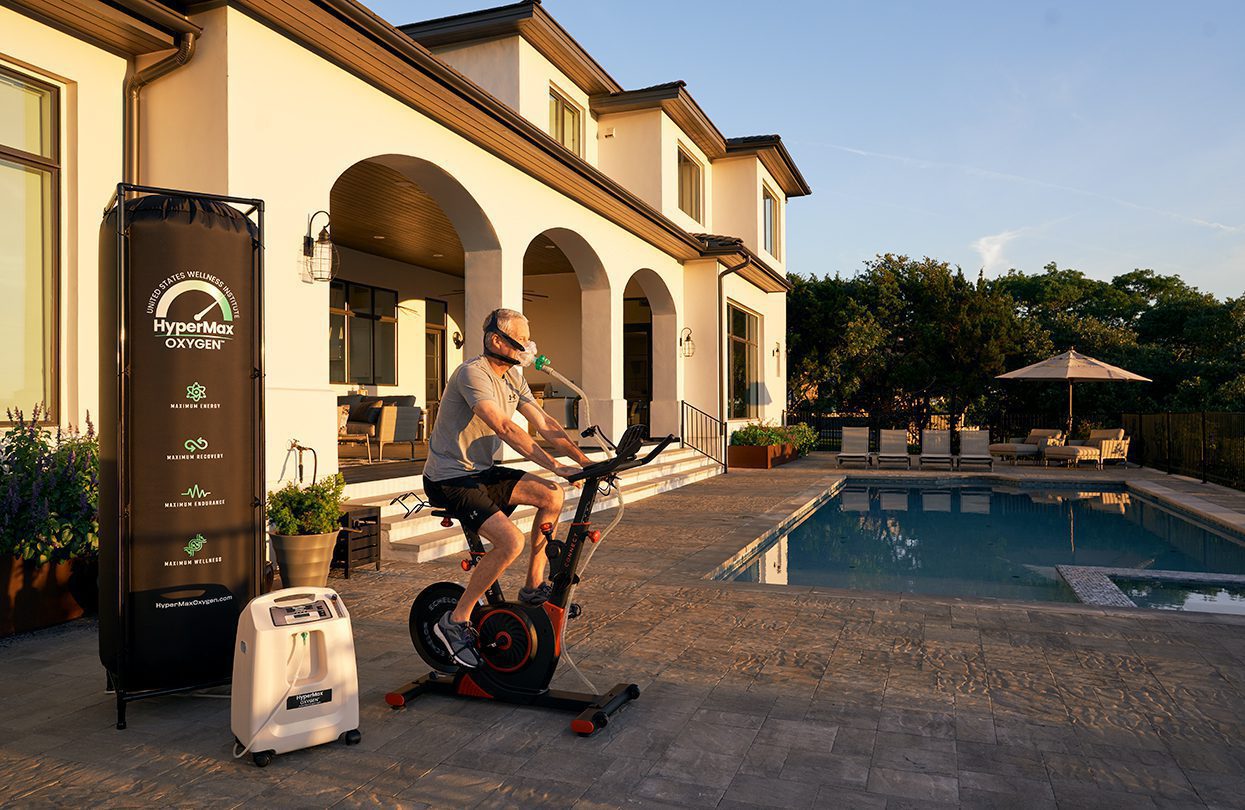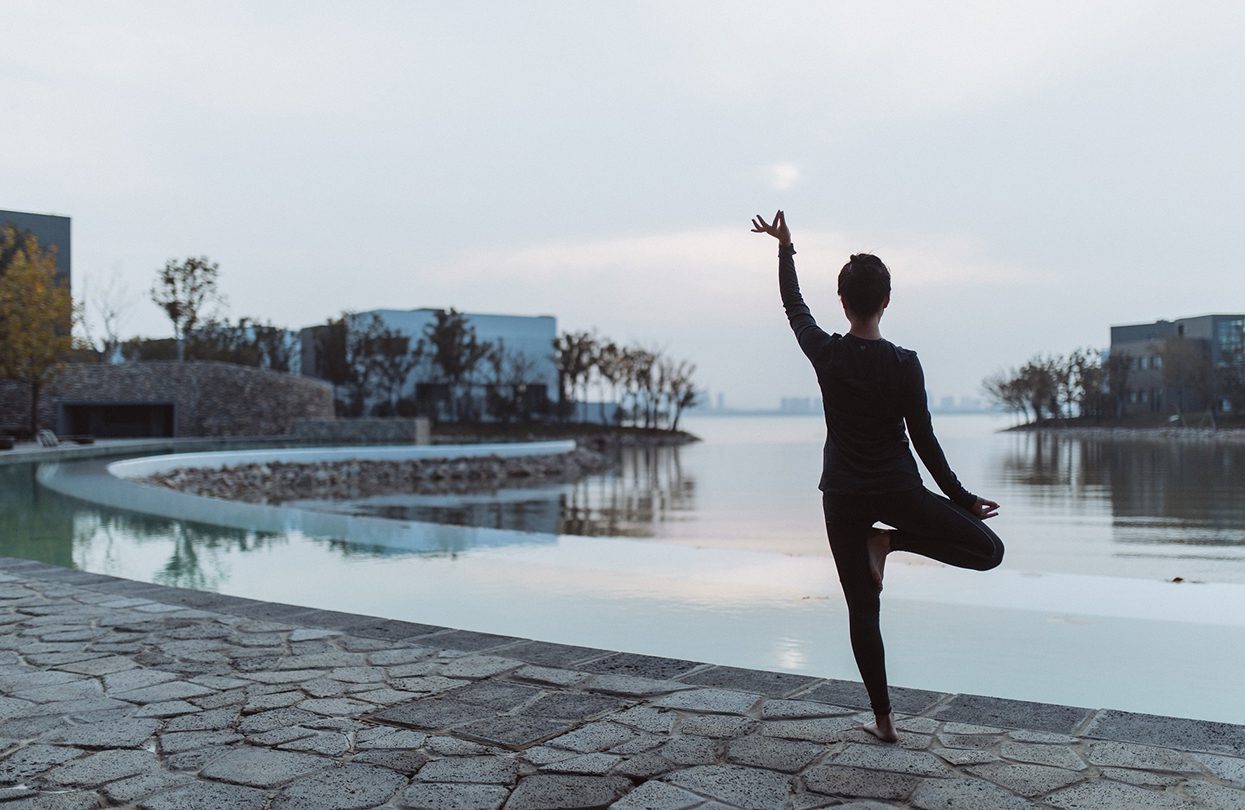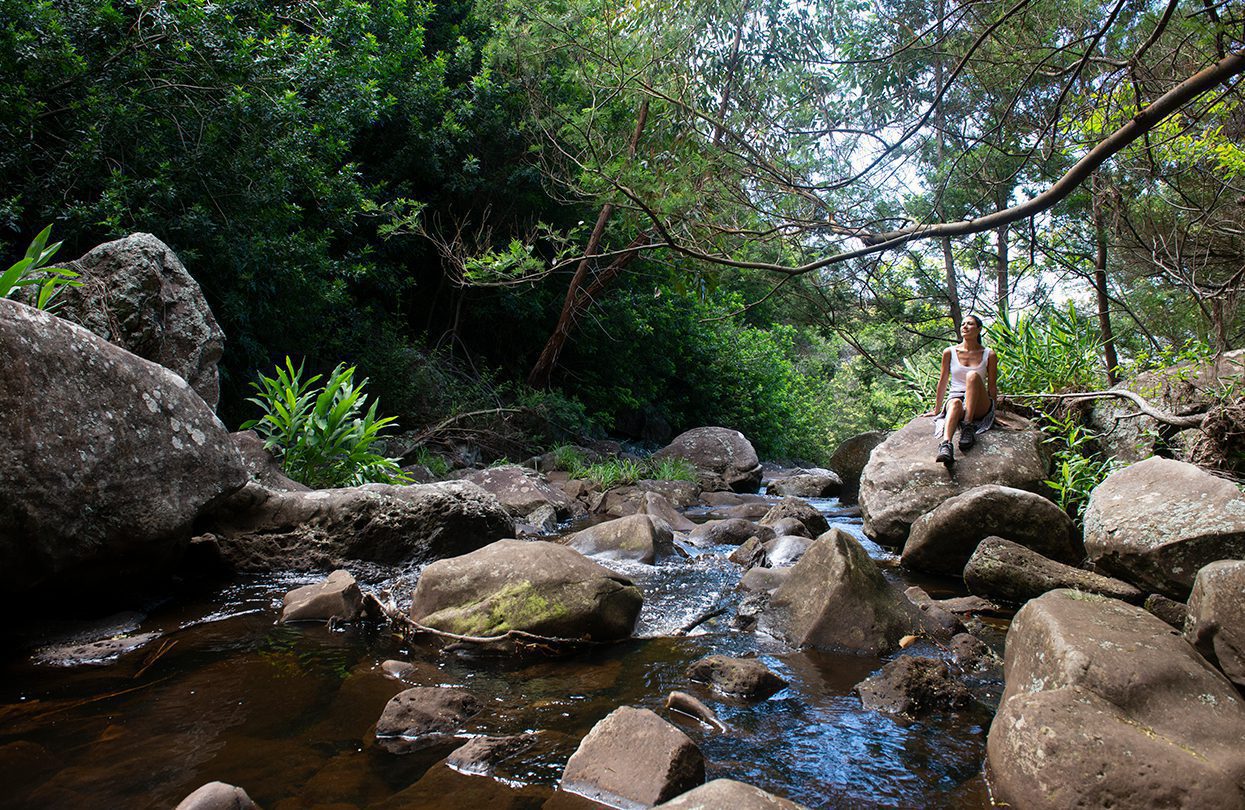Global Wellness Summit Releases In-Depth Trends Report, “The Future of Wellness 2021” identifies nine future wellness trends: from Hollywood jumping into wellness to the rise of spiritual architecture/design to adding “more colour to wellness” to a new future for immune health—that stops “boosting” and starts balancing.
This long pandemic made health and wellness radically more important to people. At the same time, the many traumas of 2020 accelerated fatigue with an industry too focused on elitist, hyper-trendy, evidence-free wellness solutions. Suffice it to say, the wellness industry emerging in 2021 will look very different from the one we knew in 2019.
The trends report reflects how wellness is poised to take a bigger seat at the health care table. It predicts a future industry that will be more inclusive, accessible and affordable. The report also predicts how wellness will continue to rewrite vast industries, from travel, to architecture and design, to the meetings industry. A snapshot of the report is as follows. Get your hands on the detailed report here.
9 WELLNESS TRENDS FOR 2021
1. Hollywood and the Entertainment Industries Jump into Wellness
For anyone serious about “wellness for all,” more wellness experiences at Big Media platforms is a story of unprecedented access and affordability. The trend? Wellness will become a bigger, more meaningful programming focus in the TV and music industries, as Big Media digests the huge cultural force wellness has become.
If wellness programming on TV has been about wellness as a topic you passively consume, the future is TV content and platforms that involve and impact you. Smart TVs are baking wellness “channels” onto their home screens: Samsung TVs launched Samsung Health, letting people binge 5,000 hours of free fitness/meditation classes from the buzziest brands.
The future: smart TVs (like Apple’s) that connect to your health wearable (like Apple Fitness+) to serve up personalized wellness/fitness experiences right on your TV. Wellness companies are becoming full-blown TV studios: Mega-meditation-apps, Calm and Headspace, recently scored TV shows (HBO Max and Netflix), translating their meditative experiences into immersive television. Meditation apps with TV series? Unthinkable just two years ago. China is perfecting the marriage of wellness TV programming and e-commerce, and Waterbear Network is a new “Netflix” for climate activism.
The ways that music is being created for stress, sleep, focus, a better workout, or just trippy, ambient bliss…has kicked into high gear. It’s a paradigm shift: If music has always been consumed around artist, song and genre, now it’s “serve me music-as-therapy.”
Meditation apps are becoming big wellness music “record labels,” and more apps are launching specifically focused on music-for-wellbeing. Generative music technology—where your biometrics meet neuroscientist-designed sound—will take sound-as-precision-medicine to radical places. And not surprisingly, celebrities are now all over wellness, not just as spokespeople but as company founders, execs and major investors.
The future: more collaborations between Big Media (who know a few things about high-quality, immersive content) and the wellness world (who has done a far better job than doctors in getting people obsessed with health). A trend that could impact billions of lives and feels awfully overdue.
2. The Future of Immune Health: Stop Boosting, Start Balancing
We join many forecasters in naming immune health a 2021 trend, not only because we agree that it will remain a consumer obsession post-vaccine but because the main ways the wellness industry has been addressing it are…flat-out wrong. In 2020, people were blitzed with “immune-boosting” supplements, foods and therapies, but the idea that you can “boost” your immunity is unscientific nonsense, and “more boosting” is precisely the wrong approach. The future: approaches that lead to immuno-stabilization, immuno-balance.
We will see more evidence-backed approaches to immune health, with metabolic health, the microbiome, and personalized nutrition becoming crucial—along with more experimentation with everything from “positive stress” experiences to intermittent fasting for immune resilience. And immunity programs at travel destinations will go deeper, more medical, with interventions that matter more than “immune-boosting” menus and IV drips.
After a long 2020, people are aware that their immune health is a holistic affair, that food and the microbiome are lynchpins, and that “slow” not “hyper” strategies are the difference-makers. People will keep gobbling trendy quick-fixes in trendy bottles, but they’re ready for more. A wellness industry newly focused on the hard—and fast-evolving—immune science could extend and save many lives. And help its own reputation along the way.
3. Spiritual and Numinous Moments in Architecture
In recent years, a storm of studies has demonstrated the powerful connection between the built environment and our physical health, and a new “wellness architecture” sector has taken off, heavily focused on functional design moves, whether circadian lighting or air purification. What has been glossed over is design that can tap into and nurture our spirituality.
In 2021, we will see new attention paid to creating everyday spaces that can incite sacred and numinous moments, that elevate our consciousness and potential, and ground us in gravitas in the midst of a mindless, consumerist society. Architecture and design will move up Maslow’s Pyramid, from our recent era of look-at-me, visually ostentatious fads like luxury McMansions to a new architecture reaching for the “Self-Actualization” tier—a built environment that can move our souls.
Spiritual wellbeing is an inextricable part of a well life and rightfully deserves more design consideration and designated spaces in our homes, workplaces, communities and urban landscapes.
4. Just Breathe!
Contrary to popular belief, you don’t need to know where your chakras are or what a didgeridoo sounds like to do breathwork. An increasing number of clinical studies from major universities like Harvard, Stanford and Johns Hopkins are putting science and data behind something we’ve actually known for centuries—the way we breathe has profound effects on our mental and physical health and abilities. It might even help us strengthen our immune systems.
Practitioners are bringing breathwork to ever-larger audiences and pushing it into fascinating new territories, including rehabilitation, fitness, community building, and relief from chronic stress, trauma and PTSD. Cool, clubby breathwork parties and festivals are rising. There are even studies that point to breathwork as a possible therapeutic for one of the world’s deadliest diseases: hypertension. Perhaps the best part of all—this drug-free medicine costs absolutely nothing.

HyperMax Oxygen
5. The Self-Care Renaissance: Where Wellness and Healthcare Converge
Over three hundred years after the first Medical Renaissance, we’re undergoing a new kind of medical renaissance where two complementary yet often competing entities—healthcare and wellness—will converge.
Wellness is learning to lean into science, establish standards, and hold itself accountable. At the same time, healthcare is beginning to borrow from the wellness playbook—transforming a once sterile and strictly curative industry into a more holistic, lifestyle-oriented, and even pleasurable one.
In this new era, hospitals will take inspiration from five-star resorts, yoga studios might measure improved telomere length, and prescriptions may be coupled with hyper-personalized guides to optimal health.

Sangha
As we look to a future where healthcare and wellness converge, an excellent example in the full report is Octave’s Sangha Retreat in Suzhou, China, which presents what we believe is next for healthcare and wellness. A kind of yin yang approach where two seemingly opposing forces finally discover that they can—and must—work together. As Dr. Kenneth R. Pelletier puts it, “Medicine is realizing that its roots have come from wellness traditions, and the wellness community is recognizing that not all doctors are evil.”
6. Adding Colour to Wellness
While diversity and inclusion have become a popular topic in the wellness industry, this trend argues that to generate substantive change, the wellness industry must recognize and address the false narrative that wellness is for affluent white people. The report demonstrates that companies that value wellness for all racial groups and income levels will thrive as they expand their consumer markets and increase business innovation and profitability.
7. Resetting Events with Wellness: You may never sit on a banquet chair again
Around mid-March 2020, the pandemic brought in-person events to an abrupt halt. And no matter the power of technology and the gratitude we felt for Zoomed Wi-Fi connectivity, the world hungered for personal interactions.
But there was a silver lining: A new trend that will forever change meetings and events was born, with wellness at the core. New hybrid events (in-person and virtual gatherings) sprouted like mushrooms after a spring rain. Technology companies raced to be the platform for hosting hybrid meetings. Investors threw money at tech companies, and within months of the pandemic shutting down most in-person-only gatherings, new companies had taken hold, and a new world was emerging.
As the full report explains, the trend reinforces top-of-mind topics like health, safety and immunity and employs new protocols and technologies that mitigate risk in engaging ways. In 2021 and beyond, creativity is driving connection—and how we gather is taking on new—and healthier—meanings.
8. Money Out Loud: Financial Wellness Is Finding Its Voice
Money has topped the “do-not-discuss” list for decades—right alongside religion, sex and politics. But it’s 2021, and transparency is trending. A culture craving authenticity is breaking the money taboo—transforming finance from a hush-hush, one-size-fits-all, cut-and-dry industry to one that’s more human, empathetic, and, dare we say, fun.
This growing openness is being driven by a much larger mental health awakening. And with research linking financial stress to anxiety, depression, high blood pressure, respiratory conditions and more—it’s about time money is put under the microscope.
In 2021 and beyond, we’ll begin to see the end of financial systems designed to profit from our failure and the start of financial wellness awakening. Money talks. It’s time we start using a language everyone can understand.
9. 2021: The Year of the Travel Reset
The coronavirus pandemic acted as a near-complete brake on travel in 2020. The pause gave everyone—consumers and suppliers—the opportunity to think about rebooting travel for the better by correcting overtourism, becoming more conscious of where our money goes, and how to use the enormous power of tourism to sustain cultures and environments and perhaps even leave them better off.

Kainalu Rock Stream
Looking ahead, the year 2021 may be the year that all travel becomes wellness travel. From the manic travel of 2019, which was the ninth year of record-setting growth in travel, outpacing global economic expansion, 2021 will be the year of the travel reset, going slower, nearer and more mindfully. But travel will reset fitfully, mirroring the vaccination rollout, which has prompted optimism as well as tentativeness.
The full trend explains the ways travel will be reset in 2021, including making travel regenerative, challenging overtourism, correcting undertourism, tentative travel, embracing nature, and putting purpose first.
The Global Wellness Summit is an invitation-only international gathering that brings together leaders and visionaries to positively shape the future of the $4.5 trillion global wellness economy. The 14th annual Summit took place at The Breakers Palm Beach, FL, from November 8–11, 2020. The 2021 GWS will be held in Tel Aviv, Israel, in November 2021. ◼

